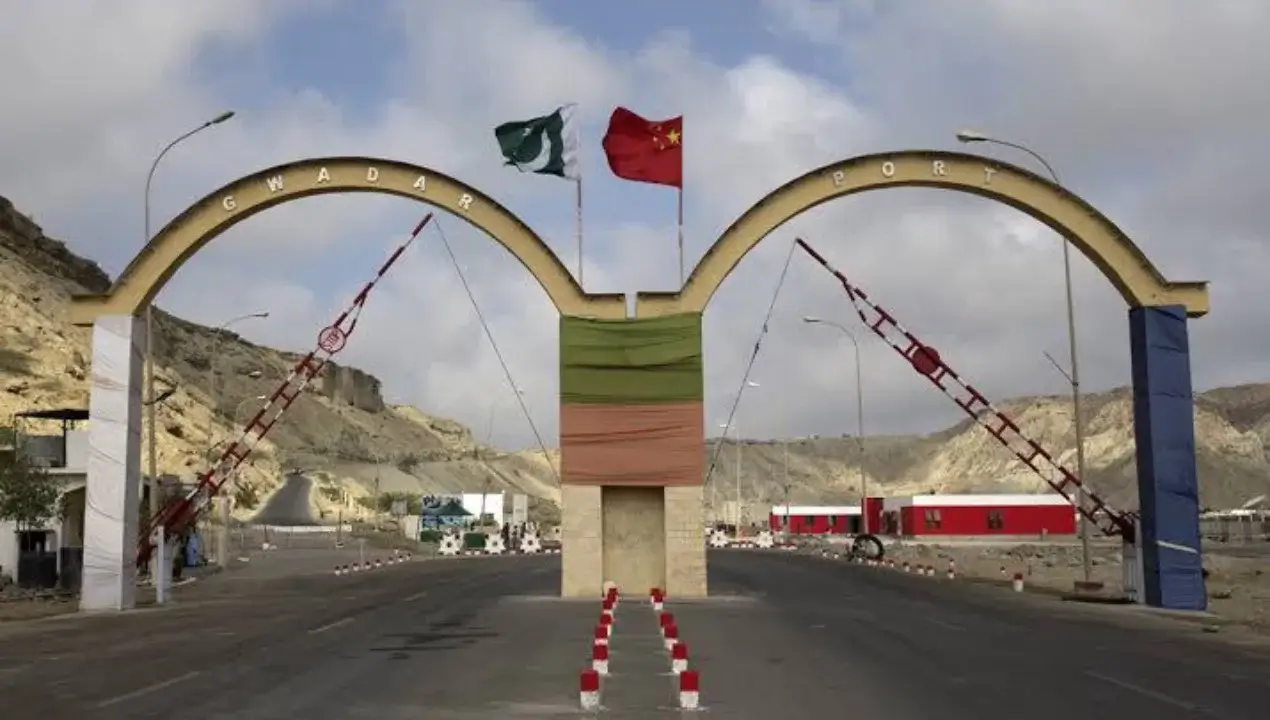
The China-Pakistan Economic Corridor (CPEC) was announced in 2015 as a flagship component of China’s Belt and Road Initiative, promising over 60 billion dollars in investments for various infrastructural projects that was projected to change the economic landscape of South Asia. It was specifically intended to transform Pakistan’s economy and give China a direct overland link to the Arabian Sea through Gwadar Port. After nearly a decade marked by delays, incomplete projects and mounting debts, both Beijing and Islamabad launched what they called “CPEC 2.0” to revive momentum. This second phase is supposed to shift focus from heavy infrastructure to areas such as agriculture, mining, information technology, and special economic zones. Yet the experience of the first phase and the early signs of funding hesitation already cast doubt on whether this revival will succeed.
CPEC 2.0 is less a fresh start than an attempt to repackage a troubled project. The corridor has struggled with stalled projects, financial arrears, and disappointing economic returns. China’s willingness to invest has diminished with security risks growing exponentially and Pakistan’s fiscal position deteriorating. Both sides bear responsibility; Beijing has proved quick to pull back when the risks have risen, and Islamabad has consistently failed to provide the policy stability and governance needed to deliver on ambitious promises.
Broken Promises and Financial Retreats
The history of the first phase was marked by delays, project suspensions, and unfulfilled promises, and many such problems have carried over into the present. In December 2017, Beijing temporarily halted funding for three major road projects—the Dera Ismail Khan–Zhob road, the Khuzdar–Basima Road, and the Raikot–Thakot section of the Karakoram Highway, pending new financial guidelines. This pause, involving billions of dollars’ worth of projects, revealed the fragility of Chinese support when financial oversight or risk thresholds became a concern.
Other major projects have fared no better. The Gadani power project, a large coal-based power park planned for Balochistan, was cancelled in 2017. More recently, the Main Line-1 railway upgrade, long touted as a flagship CPEC undertaking, has effectively been shelved after China withdrew from financing it due to disagreements over costs and terms. Islamabad is now looking to the Asian Development Bank for alternative funding, a telling sign of China’s reluctance to commit further resources.
Pakistan’s own financial difficulties in recent years have deepened these problems. By mid-2024, the country’s outstanding dues to Chinese power producers under CPEC had reached Rs 401 billion, a 44 percent increase in just one year. These arrears have strained relations between the partners and discouraged further Chinese investment. Power companies operating CPEC projects have repeatedly complained about delayed payments, undermining investor confidence and complicating future negotiations.
The case of Gwadar, often described as the crown jewel of CPEC, illustrates the gap between ambition and outcome. Despite significant investment, the port handled less than one percent of Pakistan’s seaborne trade in 2022–23. Its limited capacity, underdeveloped surrounding infrastructure, and the failure to operationalize promised special economic zones have all hindered its potential. The lack of adequate road, rail and utility networks around the port, combined with chronic delays, has turned what was supposed to be a regional logistics hub into a symbol of unrealized expectations.
Structural Obstacles
The underlying causes of these setbacks are systemic. China’s willingness to fund projects is constrained by its own risk calculations. Projects that involve uncertain returns, persistent security threats, or significant currency and governance risks no longer attract the same enthusiasm from Beijing as they did a decade ago. Pakistan’s inability to meet payment obligations and to ensure stable political and security conditions has further dampened Chinese appetite for fresh commitments.
Pakistan’s governance and implementation record is another critical factor. Chronic delays in land acquisition, bureaucratic red tape, cost overruns, and corruption have slowed progress on many projects. Disputes between the federal government and provinces over the distribution of CPEC benefits have further undermined political consensus. The financial model underpinning many projects has also been unsustainable. With obligations often denominated in foreign currency and tied to fixed power purchase agreements, Pakistan’s depreciating rupee and repeated balance-of-payments crises have made servicing these commitments increasingly difficult.
Security challenges compound these problems. Persistent unrest in Balochistan and sporadic attacks on CPEC-linked infrastructure have increased costs and deterred investment. Local communities often feel excluded from the benefits of the corridor, fuelling resentment and further eroding the political legitimacy of the project.
A Future at Risk
The fanfare around CPEC 2.0, which now emphasizes agriculture, mining, and special economic zones, cannot obscure these structural flaws. Without fundamental reforms in governance, finance, and local engagement, the new phase risks repeating the mistakes of the old. Pakistan’s mounting debts and fiscal distress make it hard to assure investors of timely payments. China’s own economic slowdown and its experience of rising risk exposure abroad mean it is increasingly selective about where to deploy capital. Neither side appears prepared to confront the hard choices needed to salvage the initiative.
CPEC was once promoted as the flagship of the Belt and Road Initiative, demonstrating how Chinese capital and Pakistani strategic geography could combine to reshape regional connectivity. Instead, it has become a cautious example about the limits of grand infrastructure visions when they are not matched by competent governance, transparent financial arrangements, and sustained political commitment. Unless these fundamentals change, CPEC 2.0 is unlikely to be the breakthrough its champions claim. It is more likely to be remembered as another chapter in a project defined by unmet promises and diminishing returns.
Read “Zamin” on Telegram!Users of Меҳмон are not allowed to comment this publication.














